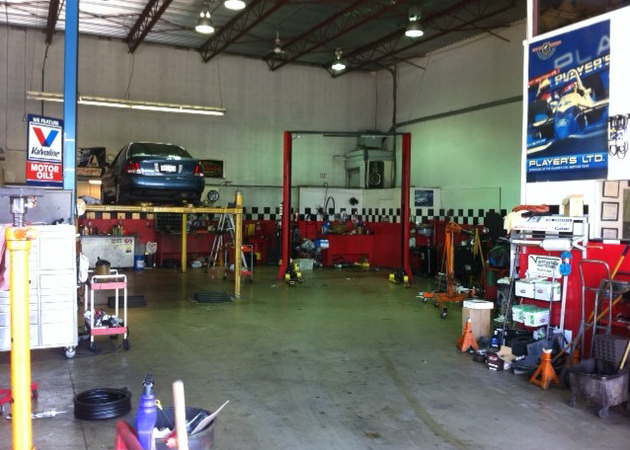3 Simple Techniques For Common Transmission Problems and Their Solutions

Understanding the Different Types of Brakes and Their Upkeep Demands
Brakes are one of the very most significant elements of any sort of car. They are accountable for ceasing your cars and truck securely, creating them a essential part of your day-to-day commute. Having said that, not all brakes are generated equal and each style needs different servicing requirements. In this post, we will explore the various styles of brakes and their one-of-a-kind servicing requirements.
1. Drum Brakes
Drum brakes are frequently located on much older autos and some smaller sized cars today. They comprise of a metallic drum that spins along with the steering wheel and brake shoes that push versus the within surface area of the drum to decrease down or quit the vehicle.
Maintenance Needs: Drum brakes need to be evaluated regularly for wear and tear on brake footwear as well as deterioration on brake drums. Brake changes might also be required occasionally to ensure correct functionality.

2. Disc Brakes
Disk brakes have come to be considerably prominent in recent years due to their exceptional stopping power, longevity, and reliability. They are composed of a rotor that spins with the steering wheel and calipers that secure down on either edge of the blades to slow down down or cease the car.
Routine maintenance Demands: Disk brakes require frequent assessment for damage on brake pads as properly as corrosion or contorting on rotors. Brake liquid levels should additionally be examined on a regular basis to make certain suitable functionality.
3. Anti-Lock Brakes (ABS)
Anti-lock brakes (Abdominals) are a safety and security component created to prevent wheels coming from latching up throughout abrupt ceases or emergency situation braking situations. Abdominal muscles units make use of electronic sensing units to keep an eye on steering wheel velocity and adjust braking pressure as necessary.
Maintenance Needs: Abdominals bodies require routine inspection for any warning lightings suggesting system breakdowns, as effectively as checking fluid amounts in gas systems where suitable.
4. Auto parking Brakes
Parking brakes (likewise recognized as handbrakes) are made to maintain your automobile fixed when stationed or stopped at web traffic illuminations. They operate by engaging either a cable television or electronic mechanism that brace down on the back steering wheels.
Upkeep Necessities: Car parking brakes must be examined regularly for effective feature and modifications made as required. Wires or digital devices need to be inspected for damage and split, and greasing may be required to make sure smooth procedure.
5. Hydraulic Brakes
Hydraulic brakes use liquid pressure to work the brake body. They are generally found on the majority of contemporary automobiles and are known for their reputable functionality and effective cease energy.
Maintenance Needs: Gas brake bodies require routine evaluations of brake fluid levels, as properly as examining for any kind of signs of water leaks or worn components such as hose pipes or calipers.
6. Electric Brakes
Electric brakes are typically found on trailers or RVs that require extra stopping electrical power when towing heavy lots. Chelsee's AC & Brake Emporeum LLC work by using an electricity stream to trigger brake pads that clamp down on the trailer's steering wheels.
Upkeep Needs: Electricity brakes call for frequent inspections of wiring links, brake pads, and magnetics that create the power stream required to switch on the braking body.
In conclusion, understanding the various styles of brakes is essential for maintaining your vehicle's safety and dependability. Regular assessment and upkeep of your motor vehicle's braking body may assist stop pricey fixings in the future, prolonging the life of your auto while ensuring your protection on the roadway.
